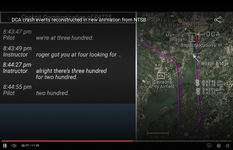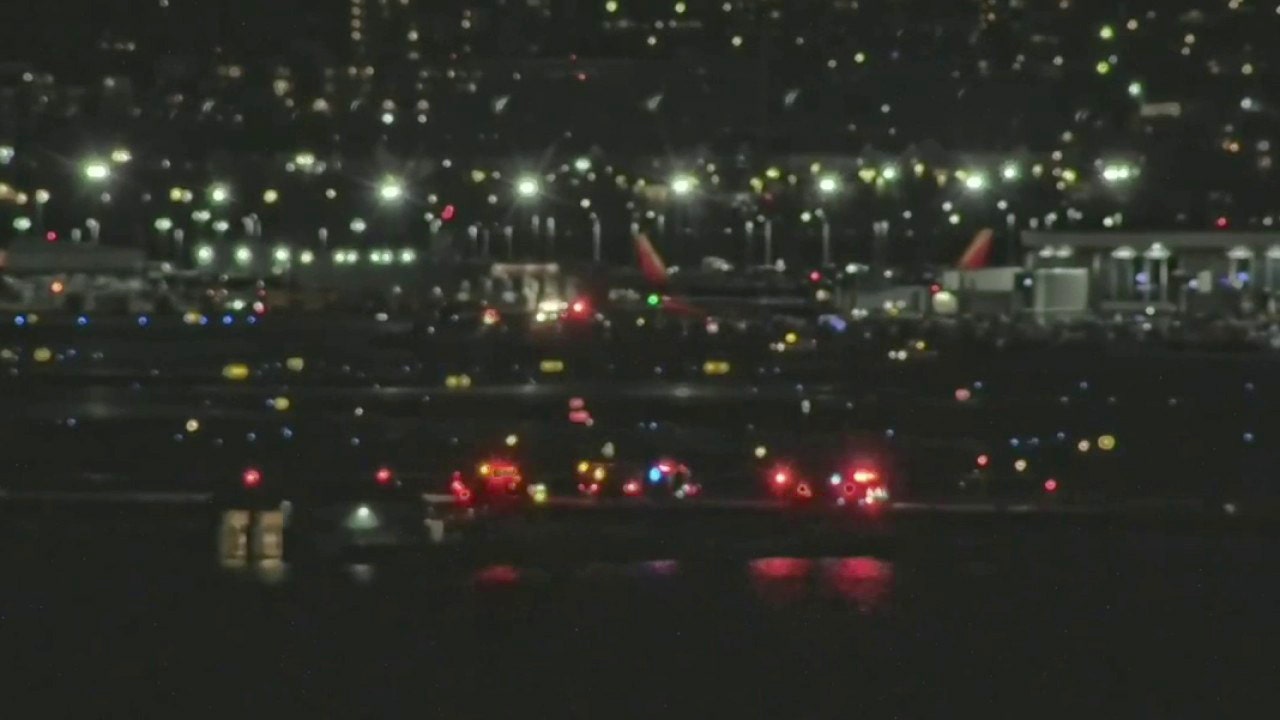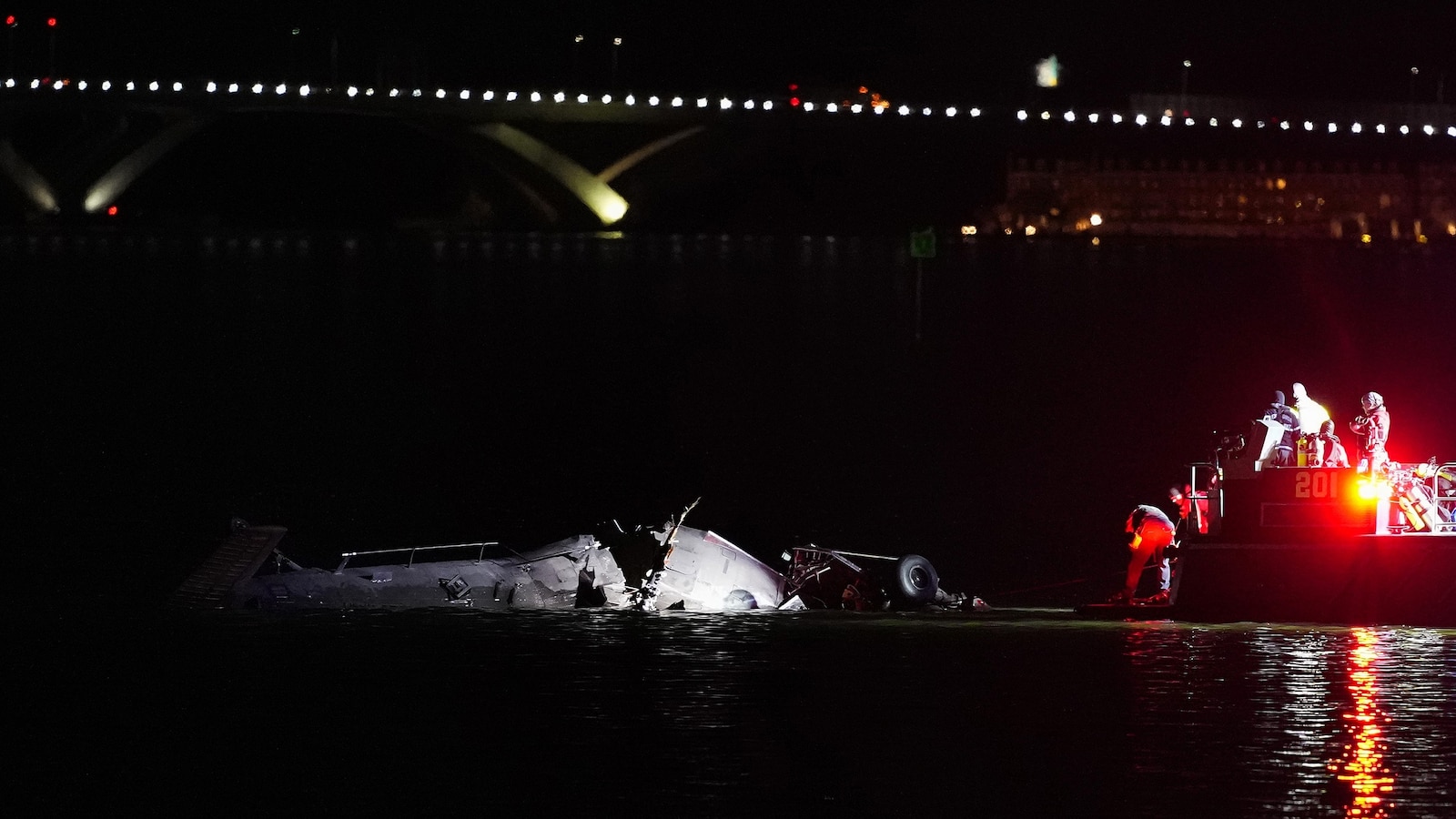The conversation between PF and IP I was referring to may have been from before NTSB video timeline, or from an invalid source early on and now worth chasing; now that we know most Army altimeters don't read accurate, it would appear PF and IP would not think it is a big deal to have a 100' difference between altimeters, thus no discussion required just fly by eyes and average the two altimeter readings?
And all that says WHY was FAA allowing training missions with night vision under the landing and take off paths in the first place?
The summary, linked below, from NTSB hearings, spreads blame across everybody involved.
Routes were designed to fail, and Army was doing training missions during peak times at DCA, and with night vision goggles too.
They note in 2022 that PF failed a night vision check ride, and an instructor said PF was not a top gun. Route clearances were designed tighter than tolerances on altimeters, and that the Army did not ensure calibrations. They found some plus or minus 200 feet!
At their closest points, helicopters and planes routinely flew within 75 feet near the airport, according to the NTSB.

abcnews.go.com
Ok here is where the IP and PF conversation was stated by NTSB.
"About three minutes before the crash, Eaves told Lobach to “come down for me” and fly at 200 feet because they were at 300 feet, the presentation revealed."
January 29 mid-air collision between passenger jet and Black Hawk helicopter near Reagan National Airport in Washington, D.C. left 67 dead

www.independent.co.uk
So PF and IP knew their was 100' difference in altimeters.
The NTSB recommended that the FAA require ADS-B on all aircraft as long ago as 2008.

yet this excerpt is not exact conversation language I remember?


:max_bytes(150000):strip_icc():focal(749x0:751x2)/Army-Capt-Rebecca-M-Lobach-Chief-Warrant-Officer-2-Andrew-Loyd-Eaves-073025-5eb389f991cc489488a9d8d8485552ee.jpg)




